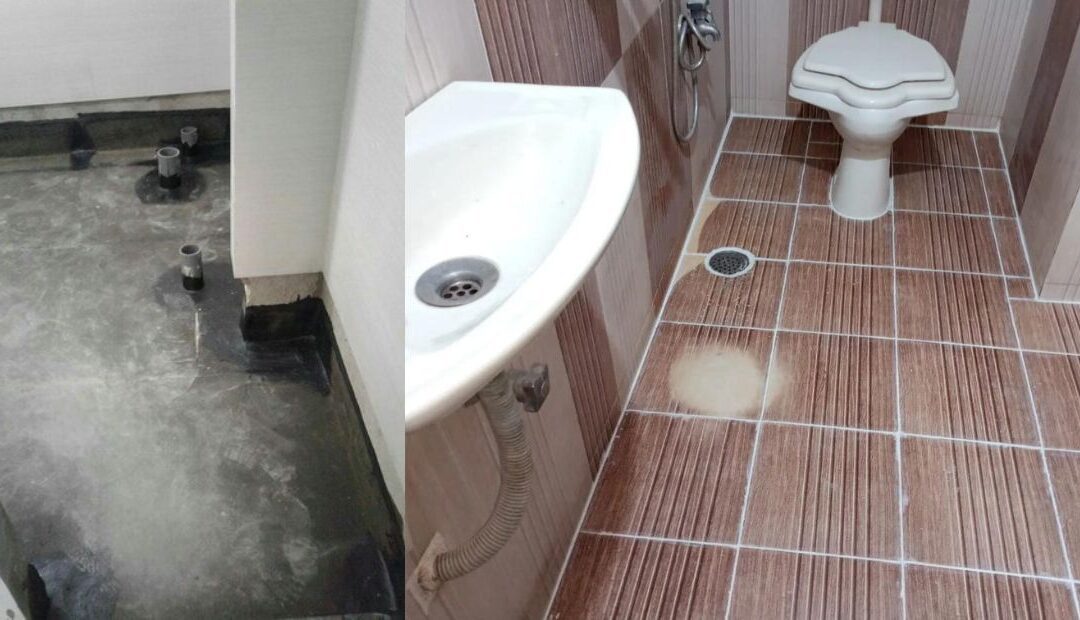The first step in waterproofing a bathroom floor is preparing the surface. This involves
removing any old layers of tile or other material and cleaning the dirt, debris and grime. Once
this is done, you should apply a waterproof layer on top. Bathrooms are one of the most
humid and moisture-prone areas in the home. This makes them vulnerable to water damage,
which can lead to serious structural problems and costly repairs. There are many bathroom
waterproofing advantages. By investing in a best waterproofing solution, you can protect
your home from the harmful effects of water damage and save yourself a lot of money in the
long run.
RK ENGINEERS is a leading provider of innovative waterproofing solutions. We offer a
wide range of products and services that can help you waterproof your bathroom and keep
it protected from water damage. In this blog , we will discuss the importance of bathroom
waterproofing and the long-term benefits of investing in RK ENGINEERS waterproofing
system.
Bathrooms are a common site of water damage, which can lead to serious structural
problems and costly repairs. This is because bathrooms are often exposed to moisture from
showers, baths, and faucets.
waterproofing toilets is a preventive measure that safeguards structures, promotes hygiene,
and contributes to the overall durability and value of a property. It is a critical aspect of
construction and maintenance, ensuring the longevity and functionality of toilet areas in
residential and commercial buildings.
Water leakages in toilets can stem from various sources, ranging from simple wear and tear
to more complex plumbing issues. Some common causes include:
- Faulty Seals and Gaskets:
- The seals and gaskets in toilets, such as those around the base or tank, can
degrade over time, leading to water seepage. Regular inspection and
replacement of these components are essential.
- Cracks in Fixtures:
- Cracks in toilet bowls, tanks, or pipes can develop due to age, impact, or
manufacturing defects, allowing water to escape. These cracks may not always
be immediately visible but can cause significant leaks.
- Worn Out Washers:
- The washers within the flushing mechanism may wear out, leading to
continuous water flow and wastage. This not only results in increased water
bills but also contributes to potential structural damage.
- Loose Connections:
- Loose or improperly connected pipes and fittings can create opportunities for
leaks. Regular tightening and maintenance of connections are crucial
preventive measures.
- Condensation:
- In humid environments, condensation on toilet tanks and pipes can occur,
resembling a leak. Proper insulation can help address this issue and prevent
unnecessary concerns


Recent Comments